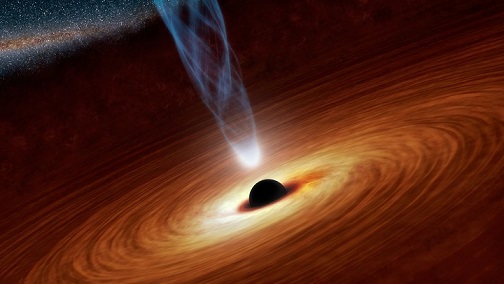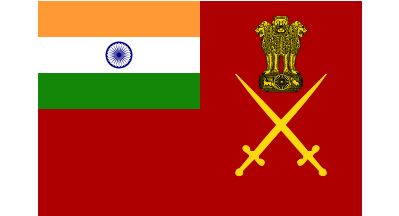
NEW DELHI (PTI): A new LIGO gravitational wave detector to measure ripples in the fabric of space and time is set to be built in India by 2025, in collaboration with universities from across the globe.
The new Laser Interferometer Gravitational-Wave Observatory (LIGO) detector will add to the two already operational in the US.
The LIGO detectors discovered the first gravitational waves produced by two giant merging black holes last year. The research won a Nobel Prize in Physics this year.
The location for the new detector in India has been selected, and the acquisition has started, said Somak Raychaudhury, Director of the Inter-University Centre for Astronomy and Astrophysics (IUCAA) Pune. However, the site has not been revealed yet.
"When the detector building is completed in 2025, IUCAA will run it," Raychaudhury said.
The LIGO India partnership is funded by the Science and Technology Facilities Council (STFC) through its Newton-Bhabha project on LIGO.
The Raja Ramanna Centre for Advanced Technology in Indore and Institute for Plasma Research in Ahmedabad are in charge of building various parts of the system, said Raychaudhury.
The mirrors and detectors required to build the system will be sent from the LIGO collaborators in the US.
"They had originally built the LIGO detectors in US, out of which two were installed. They wanted to install the third one in the other part of the Earth," said Raychaudhury.
A third LIGO detector will help pinpoint the origin of the gravitational waves that are detected in future.
The existence of these waves were first predicted by German scientist Albert Einstein 100 years ago in his general theory of relativity.
Massive accelerating objects - such as neutron stars or black holes orbiting each other - would disrupt space-time in such a way that 'waves' of distorted space would radiate from the source.
These ripples travel at the speed of light through the universe, carrying with them information about their origins, as well as invaluable clues to the nature of gravity itself.
"With the siting of the third Advanced LIGO detector in India there is an essential need for critically skilled students, postdocs and early career researchers to be trained at the highest level in gravitational wave astronomy, for construction of the infrastructure, technology and data pipelines," Raychaudhury said.
"In turn, the LIGO India project will help the Indian scientific community to be a major player in the emerging research frontier of gravitational wave astronomy," he said.
An agreement was officially signed at the British Council offices in New Delhi between a consortium of universities in India, led by the IUCAA and a consortium of UK universities, led by the University of Glasgow.
This collaborative programme will enable Indian scientists to work with UK institutes for extended periods of time, with reciprocal visits to the India labs to develop infrastructure and provide onsite training, essential to build the capability to deliver a LIGO-India detector.
"We need hundreds of young people who will not only be involved in building the detector, but also running it after 2025," said Raychaudhury.
IndIGO, the Indian Initiative in Gravitational-wave Observations, is an initiative to set up advanced experimental facilities, for a multi-institutional Indian national project in gravitational-wave astronomy.
Since 2009, the IndIGO Consortium has been involved in constructing the Indian road-map for Gravitational Wave Astronomy and a strategy towards Indian participation in realising the crucial gravitational-wave observatory in the Asia-Pacific region.
The IndIGO Consortium includes Indian Institutes of Technology (IIT), Indian Institutes of Science Education and Research (IISER) and Delhi University, among others.
The California Institute of Technology and the Massachusetts Institute of Technology (MIT) in the US are among the 108 universities involved in the international collaboration.
 Previous Article
Previous Article Next Article
Next Article













The Indian Air Force, in its flight trials evaluation report submitted before the Defence Ministry l..
view articleAn insight into the Medium Multi-Role Combat Aircraft competition...
view articleSky enthusiasts can now spot the International Space Station (ISS) commanded by Indian-American astr..
view article